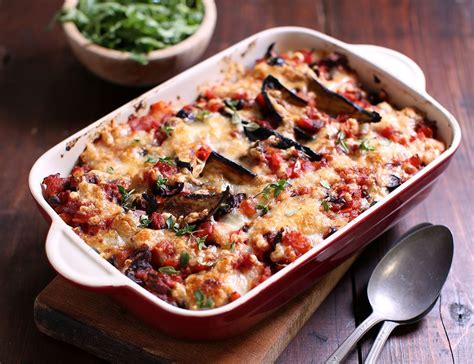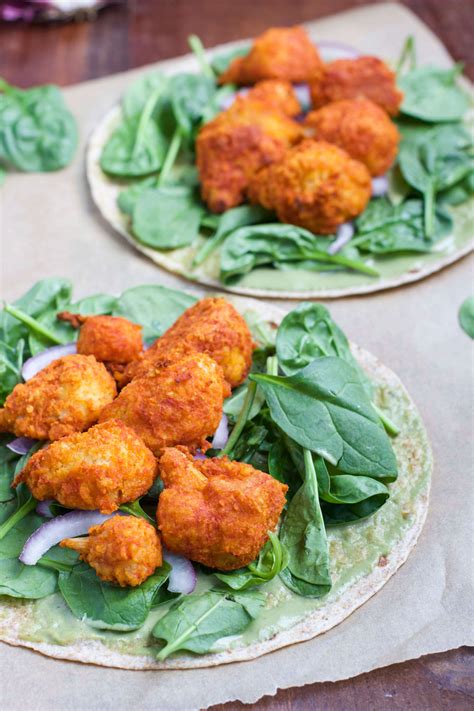Discover traditional Emirati cuisine, popular desserts, and modern twists on classic dishes. Learn about ingredients and preparation methods for authentic Emirati recipes.
Traditional Emirati cuisine
Contents
When it comes to Traditional Emirati cuisine, it is a reflection of the rich cultural heritage of the United Arab Emirates. Emirati dishes are characterized by the use of flavorsome spices, herbs, and ingredients that are native to the region. The cuisine is a delightful blend of Arabic, Persian, Indian, and East African influences, resulting in a unique and diverse culinary tradition.
One of the key ingredients in Emirati recipes is dates, which are a staple in both savory and sweet dishes. Cardamom, saffron, and rose water are also commonly used to add fragrance and depth of flavor to Emirati cuisine. The use of different meats such as lamb, camel, and fish is prominent in traditional Emirati dishes, reflecting the Bedouin heritage and the Emirati people’s reliance on the sea and the desert for sustenance.
Preparation methods for Emirati dishes often involve slow cooking, marinating, and the use of traditional cooking utensils such as the tajine and taboon. These methods are integral to preserving the natural flavors of the ingredients and creating dishes that are rich in taste and texture.
Popular Emirati desserts include luqaimat, which are small, deep-fried dumplings drizzled with date syrup or honey. Another favorite is balaleet, a sweet and savory noodle dish that is often enjoyed during festive occasions and celebrations.
While there is a growing trend towards modern and innovative twists on Emirati dishes, it is the traditional Emirati cuisine that continues to hold a special place in the hearts and palates of the Emirati people and food enthusiasts around the world.
Ingredients in Emirati recipes
When it comes to Emirati recipes, the ingredients used are often simple yet flavorful, reflecting the traditional culinary heritage of the United Arab Emirates. Common ingredients found in Emirati dishes include rice, meat, fish, and a variety of spices such as cardamom, cumin, and coriander. These ingredients are used to create dishes that are rich in flavor and aroma, making Emirati cuisine truly unique.
In addition to these staples, Emirati recipes also often feature other key ingredients such as dates, honey, and rose water, which are used to add a touch of sweetness to many traditional desserts. Other ingredients commonly used in Emirati cooking include yogurt, lentils, and various types of vegetables such as eggplant, okra, and zucchini.
Seafood is also a prominent feature in Emirati cuisine, with ingredients like fish, shrimp, and crab often making an appearance in dishes such as hamour machbous and saloonat samak. The abundant use of fresh seafood adds a delightful element to many Emirati recipes, showcasing the country’s coastal culinary influences.
Overall, the ingredients found in Emirati recipes are a reflection of the country’s rich history and diverse cultural influences, and are used to create dishes that are deeply rooted in tradition and full of flavor.
Preparation methods for Emirati dishes
When it comes to preparing Emirati dishes, traditional methods are often used to bring out the authentic flavors of the cuisine. One of the most popular techniques is slow cooking, which involves simmering ingredients over low heat for an extended period of time. This method allows the flavors to meld together and creates a rich, complex taste that is characteristic of Emirati food.
Another common preparation method in Emirati cuisine is marination. Many dishes, such as grilled meats and seafood, are marinated in a blend of spices, herbs, and yogurt or vinegar to enhance their flavor and tenderness. This technique adds depth and complexity to the food, making it even more delicious.
In addition to these methods, Emirati cooking often involves the use of traditional tools such as the tandoor oven, which is used to bake bread and cook meats. The tandoor imparts a unique smoky flavor to the food, giving it a distinct taste that sets it apart from other cuisines.
Lastly, Emirati dishes are often cooked using a variety of spices and herbs, including saffron, cardamom, and cinnamon, which are carefully selected and combined to create a harmonious blend of flavors. These spices are an essential part of Emirati cuisine and are used in many dishes to add complexity and depth.
Popular Emirati desserts
Emirati cuisine is known for its rich and flavorful desserts that are often enjoyed as a sweet ending to a delicious meal. One of the most popular Emirati desserts is the Luqaimat, which are small, golden-fried dough balls drizzled with date syrup or honey. These sweet treats are often served during special occasions such as weddings and Eid celebrations, and are a favorite among locals and visitors alike.
Another beloved Emirati dessert is Umm Ali, a delicious bread pudding made with croissants, milk, and nuts such as pistachios and almonds. This comforting dessert is often flavored with rose water and cardamom, giving it a unique and aromatic taste that is hard to resist.
For those with a sweet tooth, Balaleet is a must-try Emirati dessert. This sweet and savory dish consists of vermicelli noodles cooked with sugar, cardamom, and saffron, then topped with a generous serving of scrambled eggs. The combination of sweet and savory flavors makes Balaleet a distinct and satisfying dessert enjoyed by many in the UAE.
One more delightful Emirati dessert is the Esh Asaraya, a creamy and indulgent treat made with layers of soft cheese and rich, sweet cream. This dessert is often flavored with rose water and saffron, adding a floral and aromatic touch to the rich and creamy flavors.
It’s clear that Emirati desserts are a delightful and diverse part of the country’s culinary heritage, offering a wide range of flavors and textures that are sure to satisfy any sweet craving.
Modern twists on Emirati dishes
Emirati cuisine has a rich traditional history, but in recent years, chefs and home cooks alike have been experimenting with modern twists on classic dishes. This fusion of traditional Emirati flavors with contemporary cooking techniques has led to the creation of new and exciting dishes that are gaining popularity both in the United Arab Emirates and around the world.
One example of a modern twist on an Emirati dish is the use of edamame beans in traditional salads. Edamame beans, which are commonly found in Japanese cuisine, add a pop of color and texture to traditional Emirati salads, such as the popular fattoush or tabbouleh.
Another modern twist is the use of quinoa in place of rice or bulgur in Emirati main dishes. Quinoa is an ancient grain that is known for its high protein and fiber content, and its nutty flavor adds a new dimension to classic Emirati dishes like machboos or harees.
Furthermore, chefs have started to incorporate international spices and herbs, such as za’atar and sumac, into Emirati recipes. These bold flavors give traditional Emirati dishes a modern and global twist, appealing to a wider audience while still paying homage to the rich culinary heritage of the UAE.
In addition to these ingredient swaps, modern twists on Emirati dishes also include innovative presentation and serving style. Chefs are experimenting with unique plating techniques and creative garnishes to elevate the dining experience and make traditional Emirati dishes more visually appealing.












